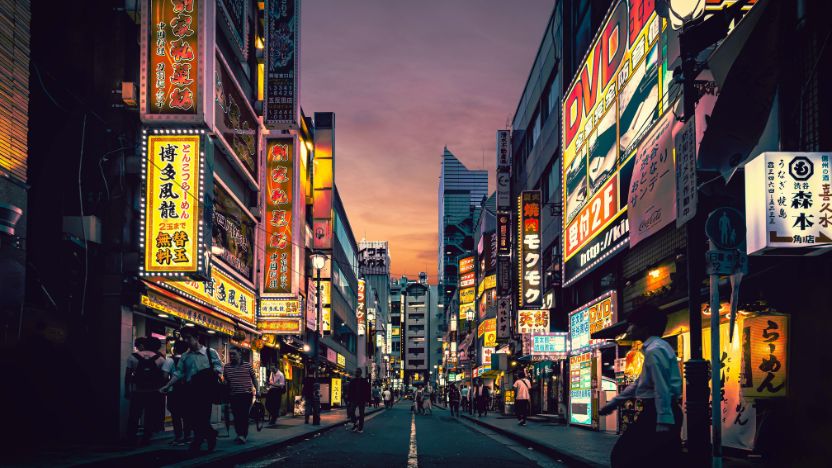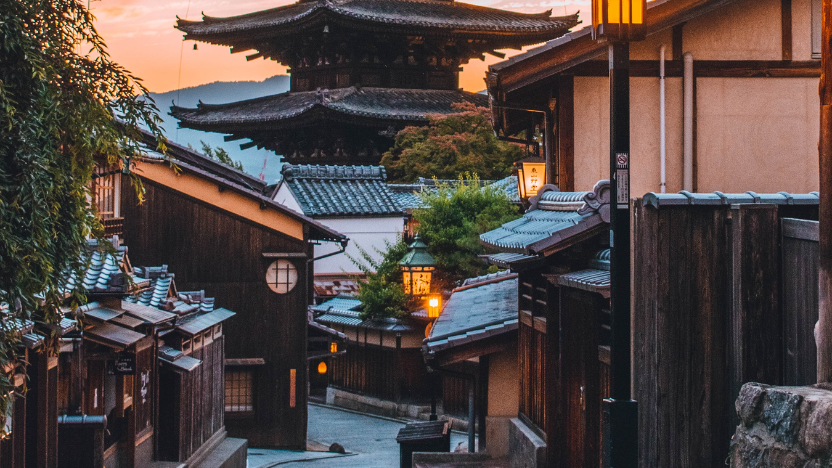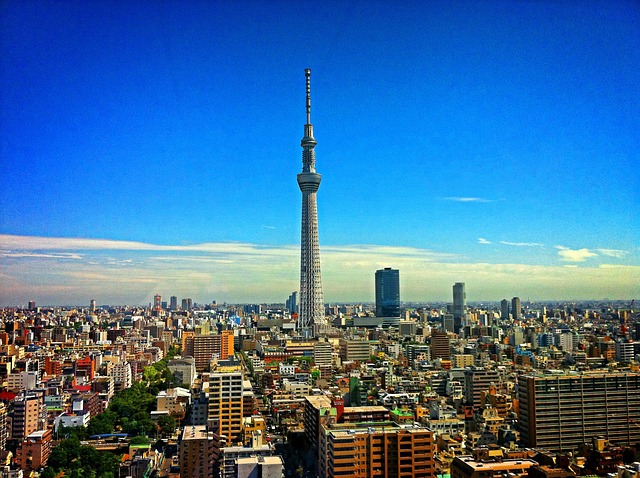
Preferred Hotel Category
Preferred time to call
Anytime
10 AM - 12 PM
12 - 2 PM
2 - 4 PM
4 - 6 PM
After 6
Type of tour you want?
Honeymoon
Family
Adventure
Offbeat
Wildlife
Religious
Additional requirements
Back



.jpg)


.jpg)
.jpg)
.jpg)

.jpg)
.jpg)
.jpg)



